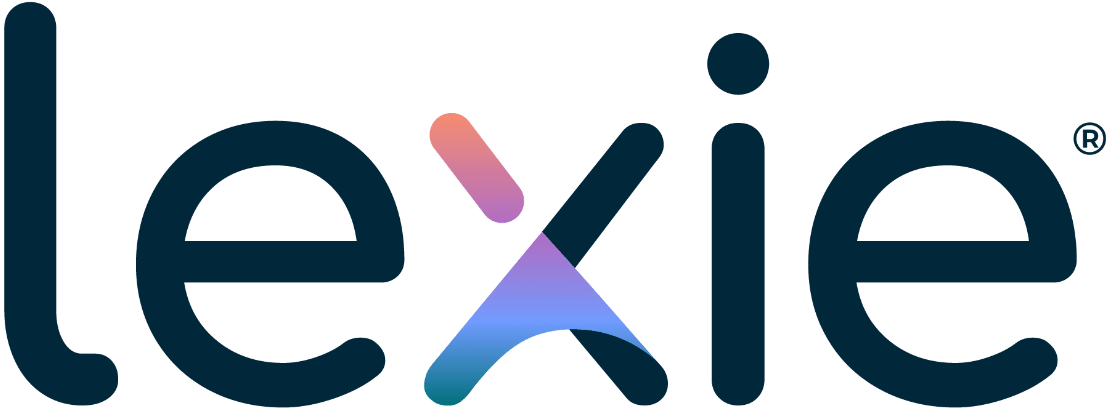| Price per pair | $99–$489 | $297-$699 | $799–$2,950 | $995-$1,995 | $799–$999 | $1,475 starting price |
$999–$1,299 |
| Type of hearing loss | Mild to moderate | Mild to moderately severe | Mild to moderate | Mild to moderate | Mild to moderate | Mild to moderate | Mild to moderate |
| Battery | Rechargeable | Rechargeable | Rechargeable | Rechargeable | Rechargeable B2 |
Disposable | Rechargeable, Disposable |
| Bluetooth | No | No | Yes, LINK by Eargo only | Yes | Yes | No | Yes, E10 only |
| Warranty | 1 year | 1 year 2 years for Volt Max |
1 year 2 years for Eargo 7 |
1–3 years | 1 year | Dependent on hearing clinic | 1 year |
| Financing | No | Yes | Yes | Yes | Yes | Dependent on hearing clinic | Yes |






